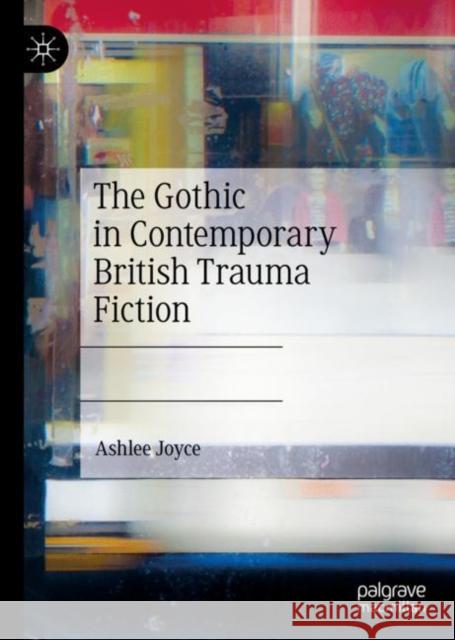The Gothic in Contemporary British Trauma Fiction » książka
topmenu
The Gothic in Contemporary British Trauma Fiction
ISBN-13: 9783030267278 / Angielski / Twarda / 2019 / 233 str.
The Gothic in Contemporary British Trauma Fiction
ISBN-13: 9783030267278 / Angielski / Twarda / 2019 / 233 str.
cena 322,01
(netto: 306,68 VAT: 5%)
Najniższa cena z 30 dni: 308,41
(netto: 306,68 VAT: 5%)
Najniższa cena z 30 dni: 308,41
Termin realizacji zamówienia:
ok. 22 dni roboczych.
ok. 22 dni roboczych.
Darmowa dostawa!
Kategorie:
Kategorie BISAC:
Wydawca:
Palgrave MacMillan
Język:
Angielski
ISBN-13:
9783030267278
Rok wydania:
2019
Wydanie:
2019
Ilość stron:
233
Waga:
0.44 kg
Wymiary:
21.01 x 14.81 x 1.42
Oprawa:
Twarda
Wolumenów:
01
Dodatkowe informacje:
Wydanie ilustrowane











